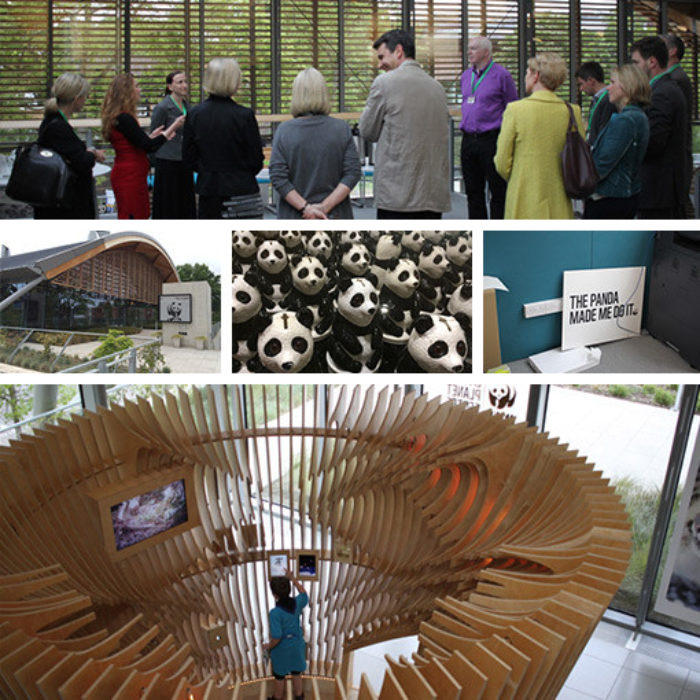The top 10 impacts you’ll face in the 2020s (part 2)
As part of our recent work to help organisations become more future-proof, we identified hundreds of seismic shifts in external context that will increasingly impact every business during these volatile and uncertain times.
We narrowed that long list down to what we believe are the 10 biggest trends for the 2020s and beyond. In this article we’ll look at the second half of that list, and discuss an approach that can help all of us prepare for what’s ahead.
Be prepared
In no particular order of scale of impact, here are the remaining five of the ten big trends we can expect:
Mental health will become an equal priority with physical health
The World Health Organization reported that mental disorders increased by 50% worldwide from 1990 to 20131. Then came the pandemic. Mental health and physical health: the brain and the body. The two parts are inseparable. Our governments don’t have the will or the resources to provide interventions and strategies on mental health. The private sector will evolve new thinking to help employees and customers thrive.
The world of work will be reinvented
The great social experiment triggered by the pandemic has led to a reinvention of work. This will accelerate. At the least, it will lead to office redesign, home redesign, new sophisticated uses of online platforms, fuzzy boundaries between life and work, and an increase in the number of employees switching employers. It will take longer, but this trend will also lead to actions for organisations to become more fully human: a reinvention of learning and development, a reinvention of our reward systems, a reimagining of wellbeing, a deeper understanding of context, a renewed emphasis on work with meaning, and a huge focus on the key characteristics that make it easy for everyone to innovate.
Continuous systems disruptions
We will see continuous systems disruptions with a variety of different causes: health (virus disruptions), water (more frequent and more intense water shortages), energy (gaps between supply and demand), food (supply chain issues, land use issues, changes to consumption) and finance.
Human seeks relationship with machine
AI, robotics, brain-controlled technologies, virtual reality, augmented reality, biometric IDs and surveillance technologies will increasingly change our relationship not just to machines, but to each other. This will affect our physical nature, causing our brains and our bodies to continue to evolve.
Markets and big government
The relationship between markets and governments will dramatically evolve. Governments will not have the will, the skill, or the finances to respond to the challenges we face. But they will try, and every party will be a party of big government. Markets, responding to demand, and to protect their long- term future, will increasingly step in to respond to challenges. They will do so in partnerships with each other, with government and with cities. This will lead to new forms of governance.
Become future proof
These are all massive contextual shifts that, even in isolation, will likely have huge, ongoing impacts on business, society and the environment. To help organisations understand and prepare for these coming changes, we’ve created a suite of practical techniques and ‘hacks’.
You can find more detail on all of them at the link below, but for now let’s focus on the six principles of planning for the future:
- Differentiate between trends (based on evidence), signals (that could become trends) and debates (where there are differences in opinion).
- Prioritise issues by ‘need for speed’, potential impact on the business, risk of inaction, and opportunity if you act.
- Highlight the links between the issues so you understand them as a connected system.
- Define the futures: the probable future (if nothing changes), plausible futures (depending on which dials are turned up), and your preferred future.
- Turn your preferred future into an evidence-based narrative that appeals to both reason and emotion.
- Don’t stop there. Now you need to bring that future to life.
Learn how
If you want a chat about how we can help you to bring your preferred future to life, just drop me a line at tim.parr@corporateculture.co.uk
You can also access all of the Top 10 trends, and a full range of tools to help you future proof your business right now, by downloading our free report Future Proof.
Sources:




